
Resources
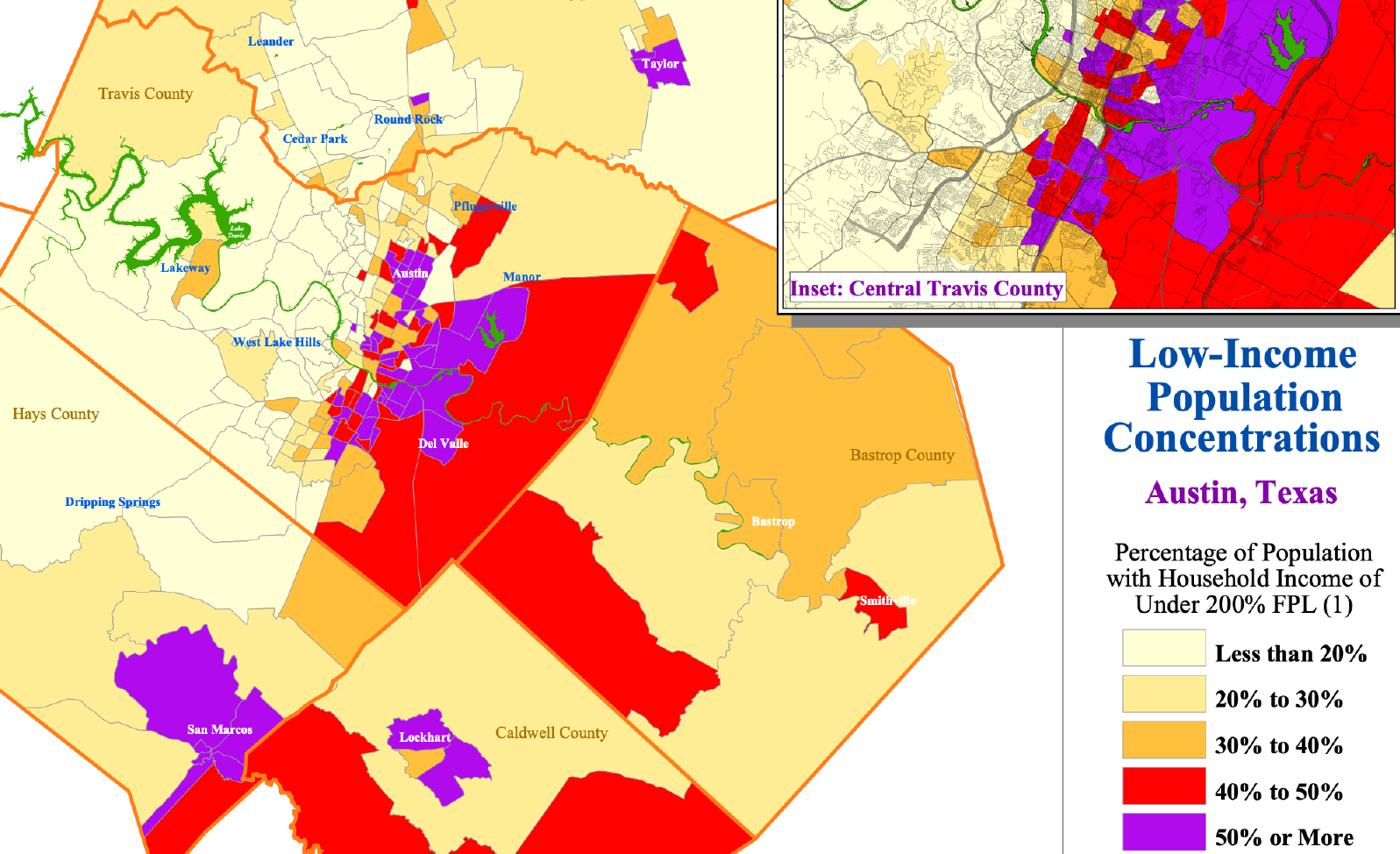
New Pathways for Equitable Solar Adoption in Texas
As part of the Solar Energy Innovation Network (SEIN) Round 3 program, a diverse group of energy stakeholders in Texas set out to develop and pilot new pathways to increase rooftop solar adoption to low income households. The vision: deploy rooftop solar to households owned or rented by low-income families at no cost by pairing funds from utility energy efficiency programs and other federal, state, or local government funding.
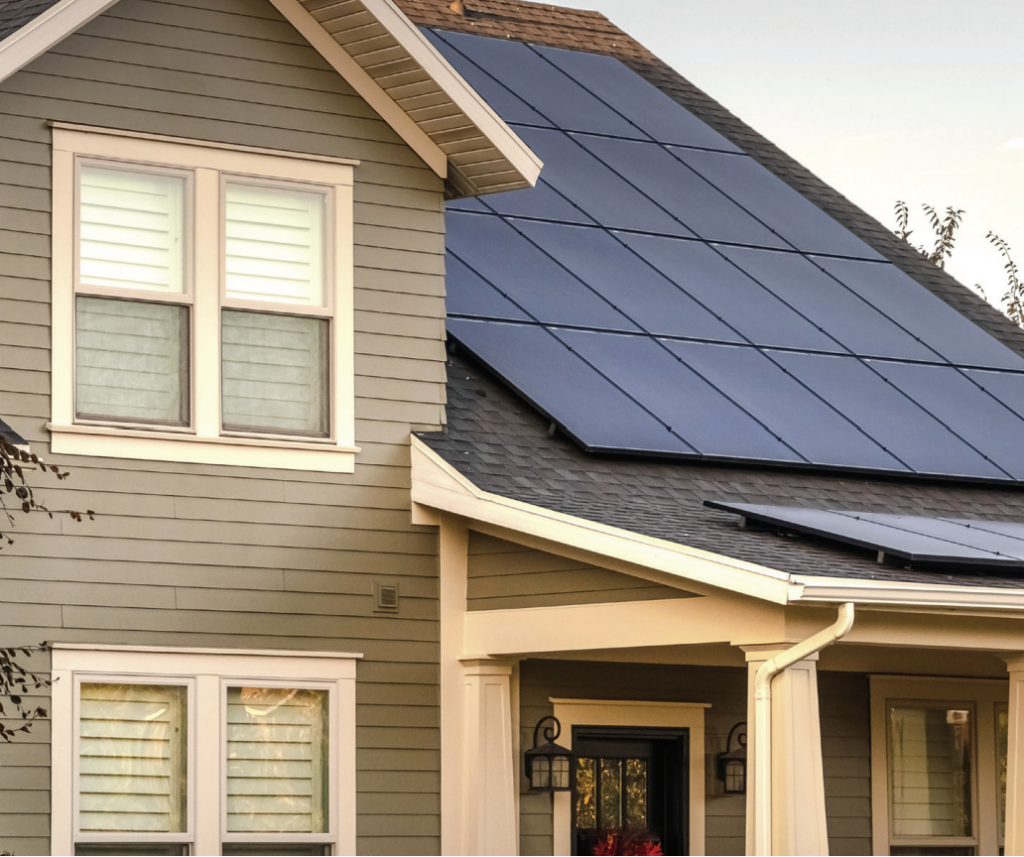
Choosing an Installer: 10 Things to Know
If you’re looking to install solar onto your home or business but feel overwhelmed at the number of installer options available to you, TXSES is here to help. We’ve put together a list of the top ten factors to consider when making the decision on which installer to go with.
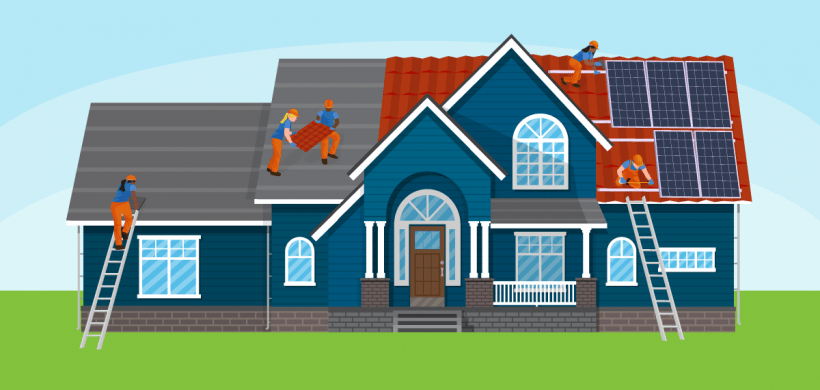
Solar Maintenance: Roof Repairs
While some distributed solar systems can be ground-mounted or placed atop car ports, the vast majority of residential systems are placed atop a homeowner’s roof. As such, it’s helpful to know what changes, if any, need to be made to a roof before installation, and for replacement and upkeep down the road.
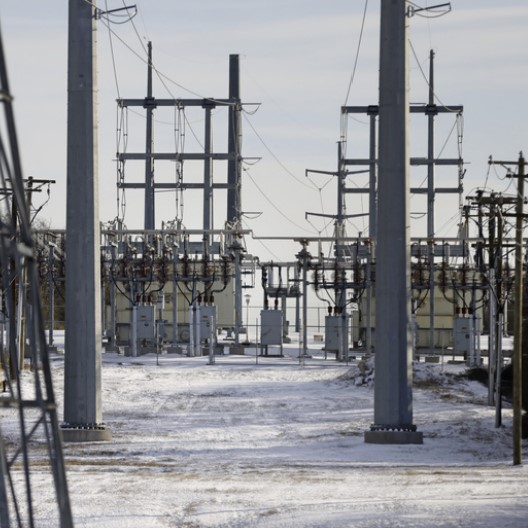
Winter Storm Uri: Impacts on Low-Income Texans
Almost every Texan remembers Winter Storm Uri, which in 2021 highlighted the inadequacies of the ERCOT power grid as it faced total failure. However, the consequences were not uniform. Read the report to learn more about how low-income Texans were disproportionately burdened by the storm and subsequent ERCOT failings.

Guidance on Inflation Reduction Act Programs
The U.S. Department of the Treasury has issued guidance on how to qualify for their Advanced Energy Project Credit and Low-Income Communities Bonus Credit Program. More information can be found here.
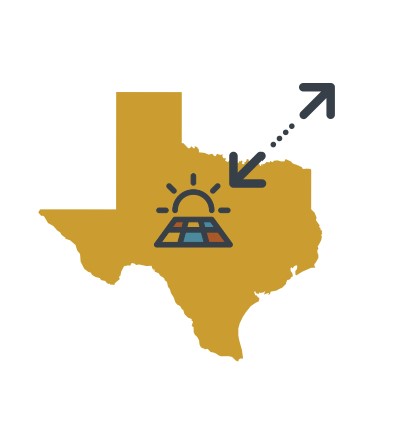
Scaling Community Solar in Texas: Barriers, Strategies, and Roadmap
Community Solar represents an underutilized opportunity in the creation of a clean-energy future (not to mention as added security to the electric grid). However, there are many obstacles to its widespread implementation. This joint report from The University of Texas and the University of Minnesota addresses many of these obstacles.
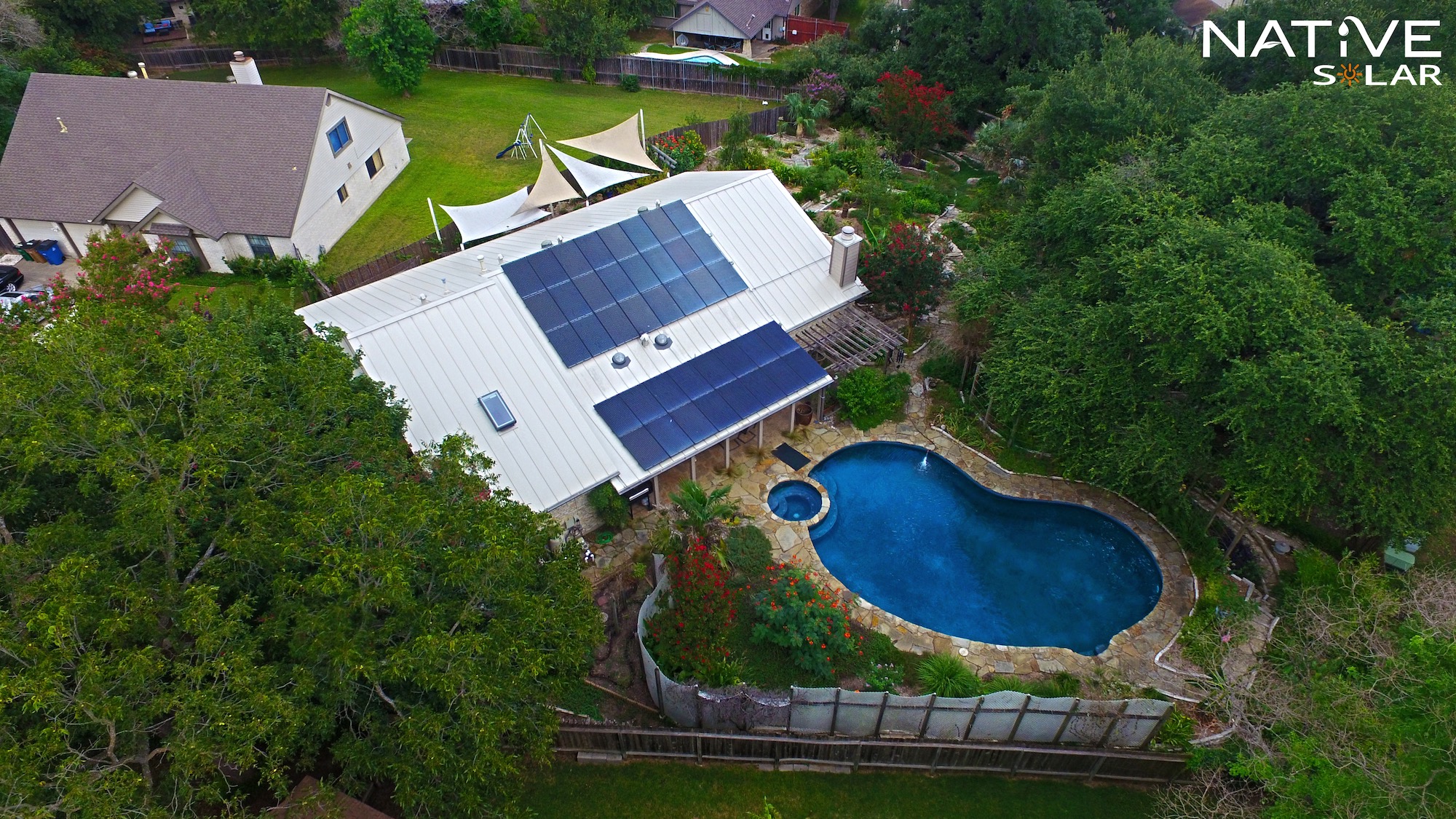
TXSES Gold Business Member
Texas Solar Buyback Plans
When your rooftop solar system produces more electricity than your home is using, the excess flows back onto the grid to other users. With a “buyback” electric plan, that earns you bill credits or cash. Here’s a list of current residential buyback plans. Rates and terms vary.
.
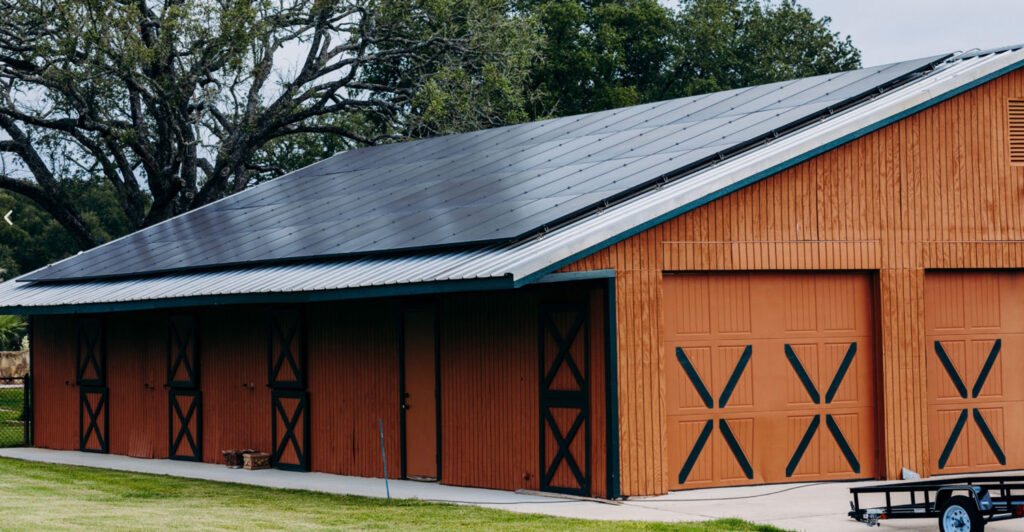
TXSES Gold Business Member
Inflation Reduction Act
Benefits for Solar Customers
One of the most valuable solar benefits for consumers in the Inflation Reduction Act is the extension of the 30% residential clean energy credit, commonly known as the solar investment tax credit (ITC). We put together an easy-to-understand presentation. Check it out.
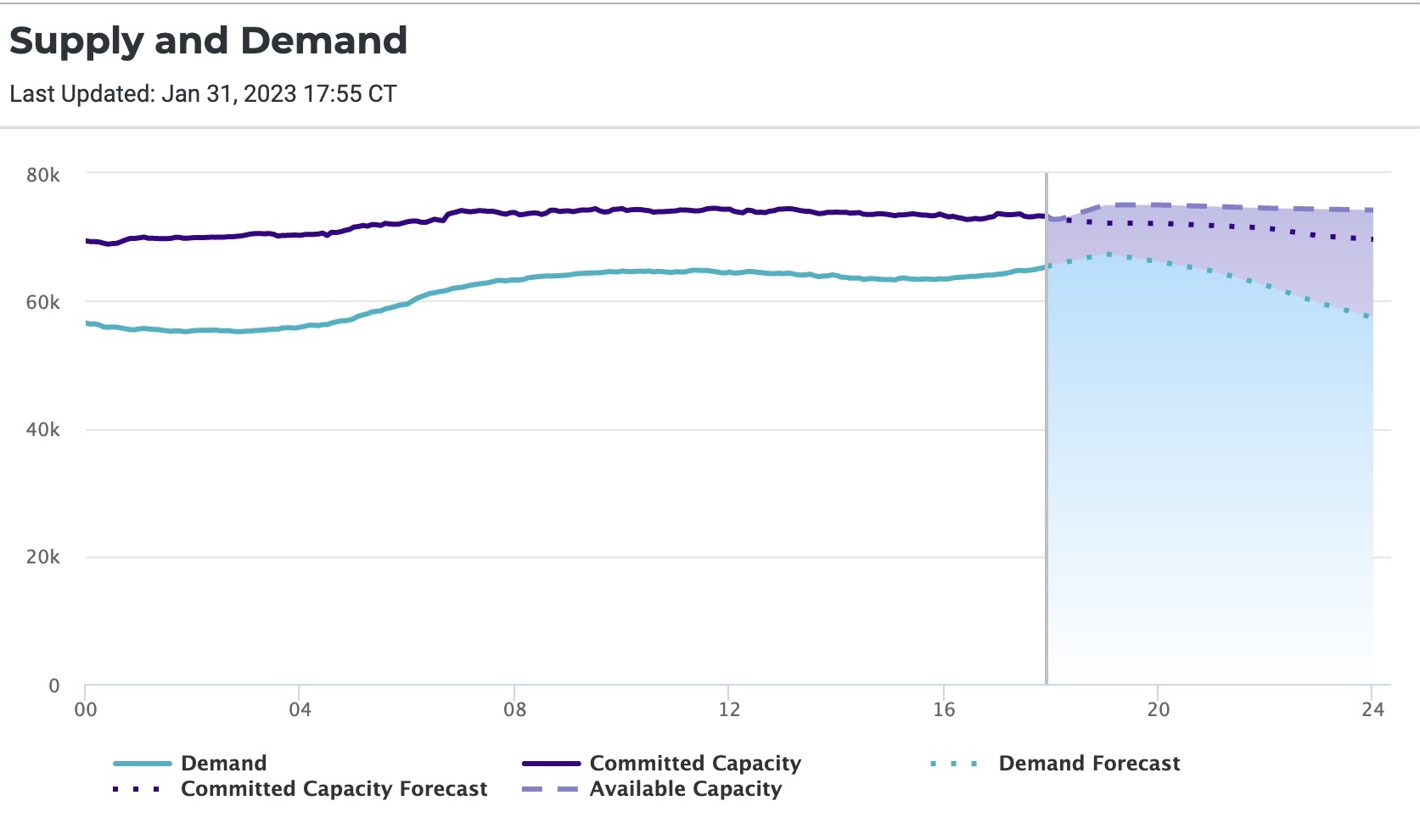
Live ERCOT Grid and Market Conditions
Want to know how the grid is doing under current conditions? ERCOT’s live snapshots show the timestamp when the information was last updated. Click the Full View link on a dashboard for an expanded display.
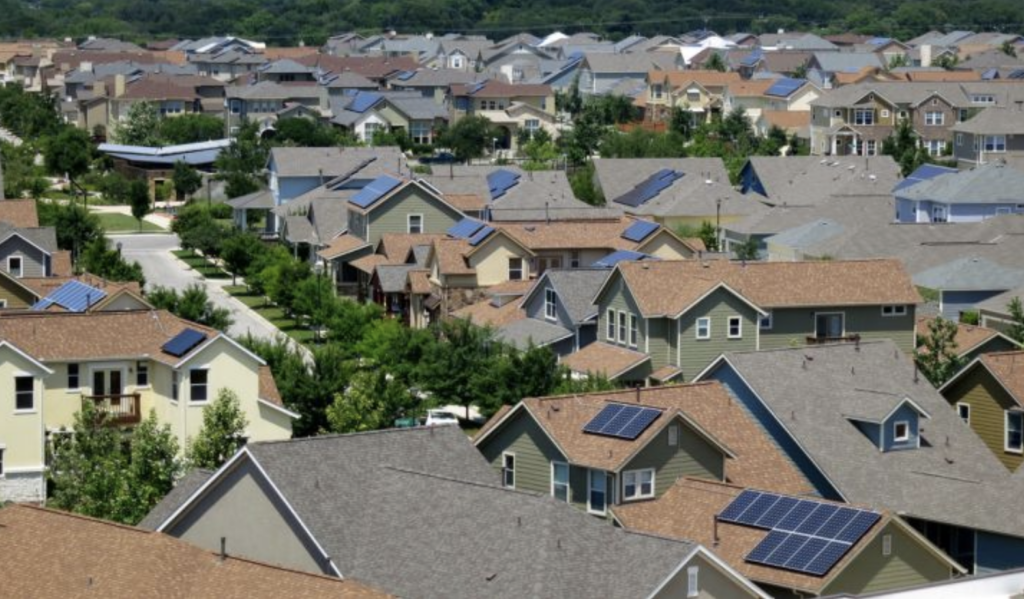
Solar 101
“Solar is my favorite thing to talk about,” says former TXSES board Chair Micah Jasuta. “I’ve worked on multiple sides of the solar industry, from advocacy to design, sales and installation,” he said. Jasuta explains the ABC’s of solar including how to choose a solar installer. If you’ve been thinking about going solar, Jasuta lays it out for you. Watch the video.
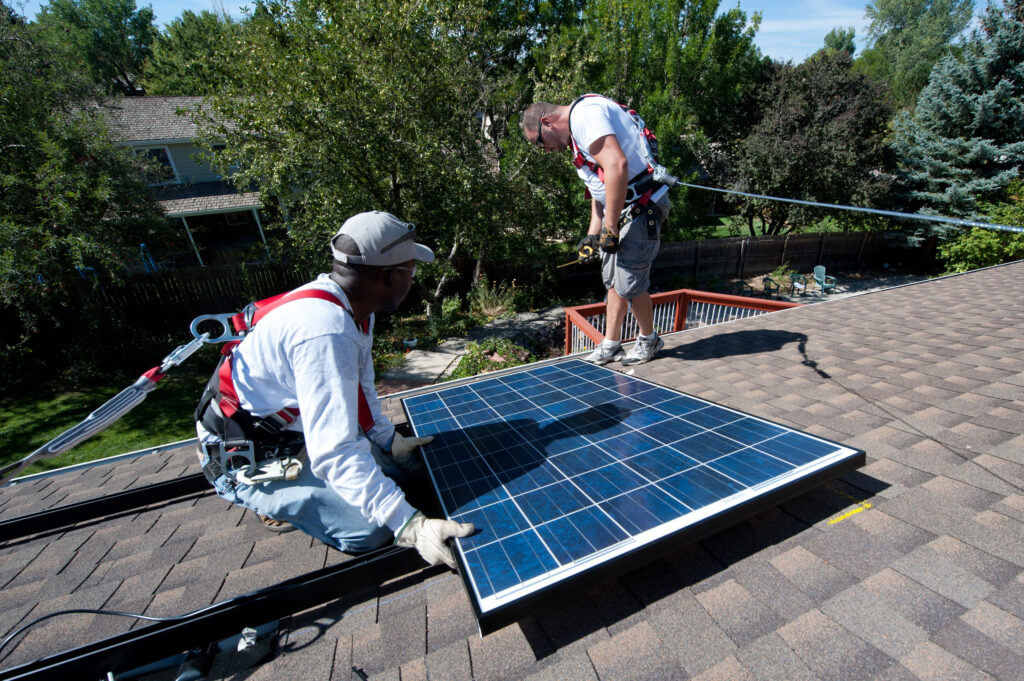
Homeowners Guide to the Federal Tax Credit for Solar PV
In December 2020, Congress passed an extension of the Investment Tax Credit (ITC), which provides a 26% tax credit for systems installed in 2020-2022, and 22% for systems installed in 2023. (Systems installed before December 31, 2019 were eligible for a 30% tax credit.) The tax credit expires starting in 2024 unless Congress renews it. Learn more. Spanish web page: Conocedor de Energía Solar. Read More.
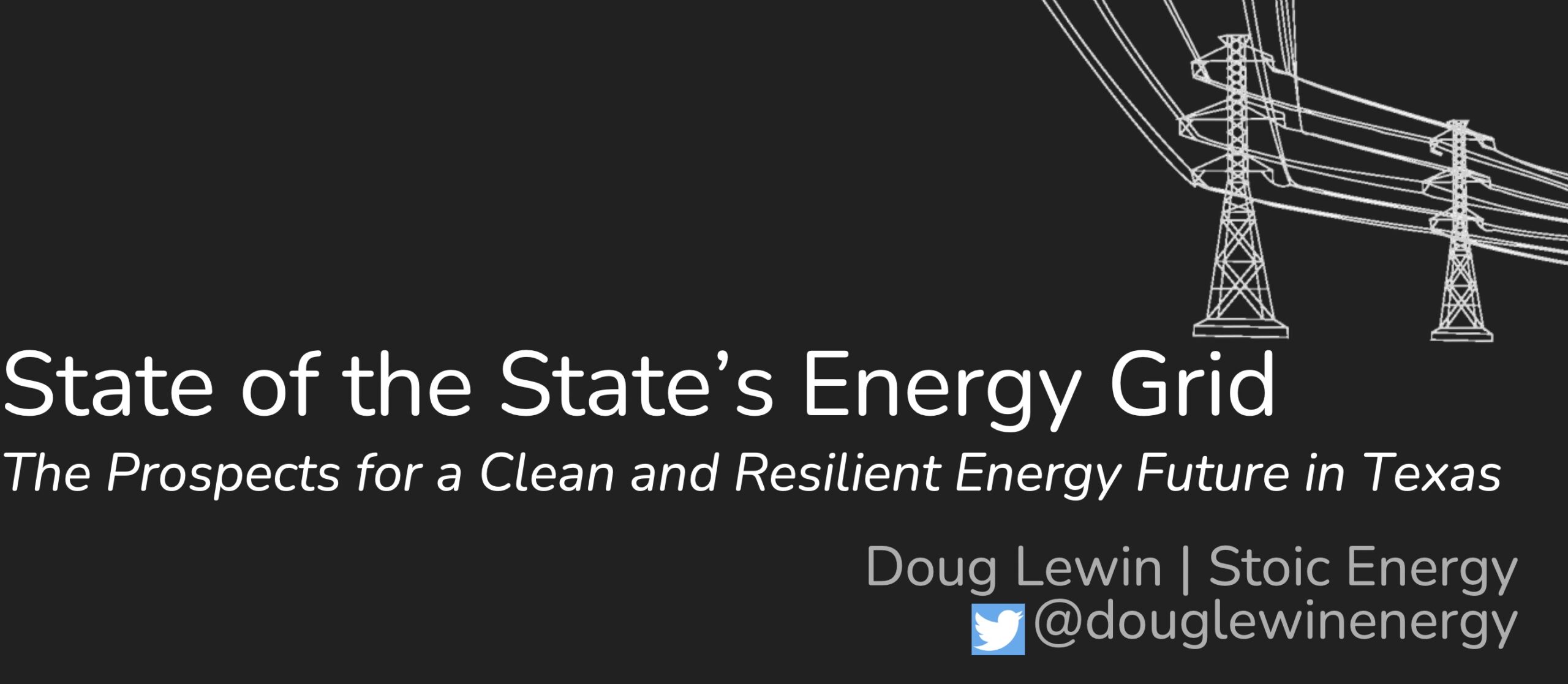
The State of the Texas Grid
At the TXSES 2022 Annual Meeting, Doug Lewin shared his expertise on the current status of the Texas electric grid and what needs to happen to make the grid more resilient.
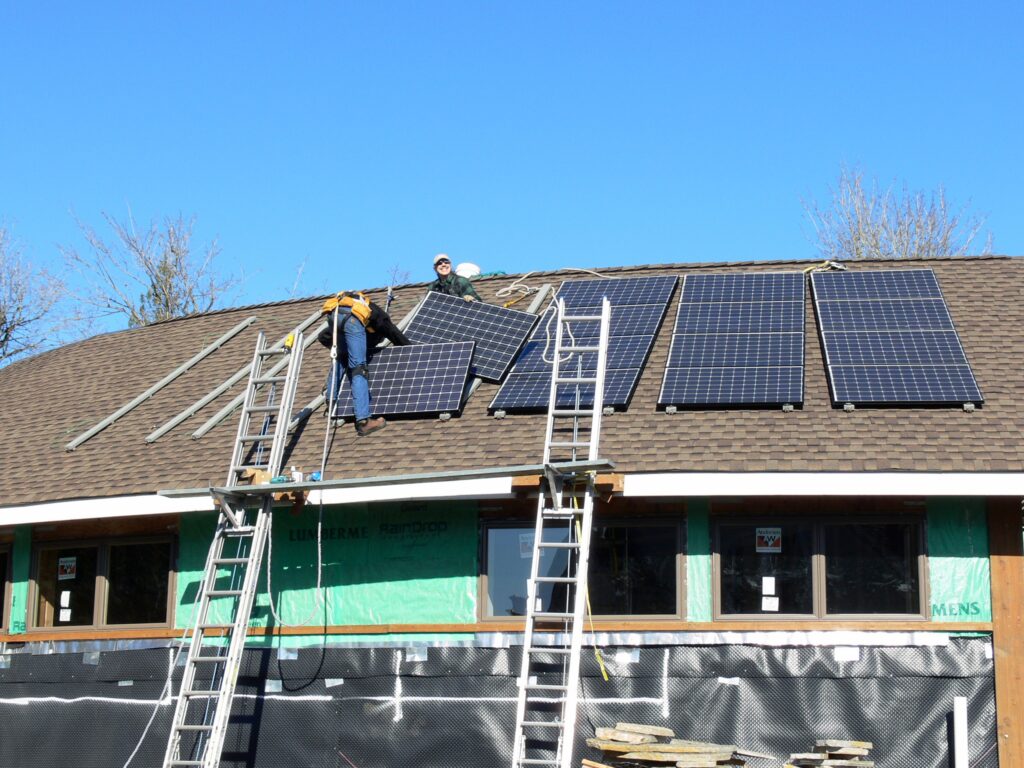
Solar Photovoltaic (PV) Technology Basics
What is photovoltaic (PV) technology and how does it work? In this short video from the U.S. Department of Energy, learn how PV materials and devices convert sunlight into electrical energy. Watch the video.
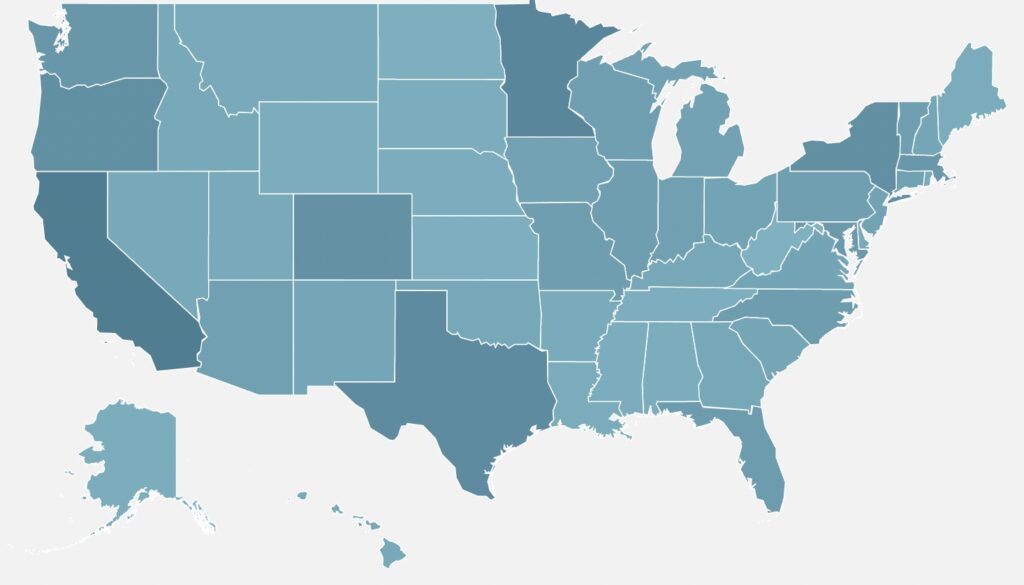
Database of State Incentives for Renewables & Efficiency (DSIRE)
Find renewables and efficiency policies and incentives with DSIRE, the most comprehensive source of information on incentives and policies that support renewables and energy efficiency in the United States. Established in 1995, DSIRE is operated by the N.C. Clean Energy Technology Center at N.C. State University and receives support from Energy Sage.
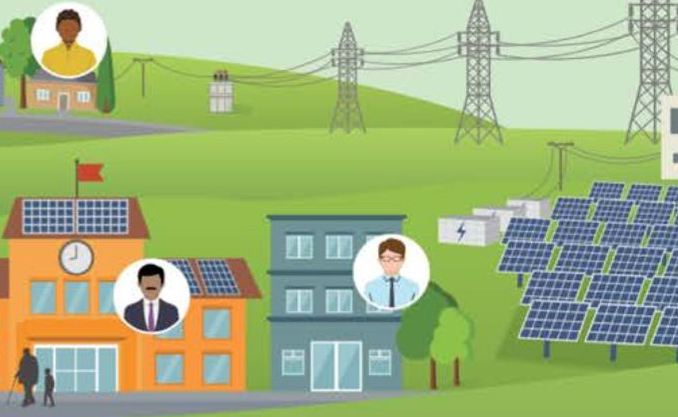
National Community Solar Partnership (NCSP)
A U.S. Department of Energy initiative led by the Solar Energy Technologies Office, in collaboration with the National Renewable Energy Laboratory and Lawrence Berkeley National Laboratory, NCSP is a coalition of community solar stakeholders working to expand access to affordable community solar to every American household and enable communities to realize other benefits, such as increased resilience and workforce development. More.
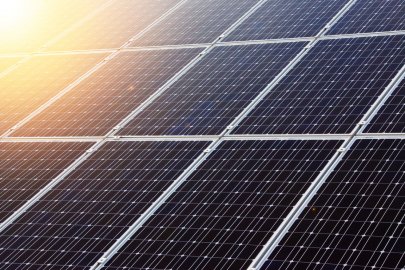
Solar Rooftop Potential
Need to know just how much solar capacity your home or business would support? The Department of Energy has a list of resources and tools available for your use. Click the link to find out more.
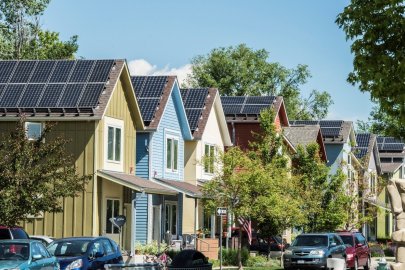
Community Solar Basics
Community solar projects are installations of solar panels which benefit not just one individual, but a number of individuals and/or businesses. The Department of Energy has compiled some handy information to help you understand, and start, your own community solar project.
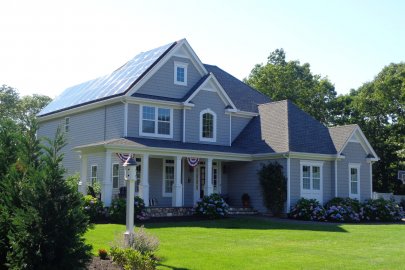
Homeowner’s Guide to Going Solar
Interested in going solar, but no idea where to start? Check out the Department of Energy’s own guide to get started.
